I read at least one hour of news every day to keep informed, and I’ve read so many stories about autonomous vehicles that the same, familiar company names continue to dominate the thought leadership. What really caught my attention this month was an announcement about autonomous vehicle technology coming from Mentor Graphics… Read More
Author: Daniel Payne
The Importance of EM, IR and Thermal Analysis for IC Design – Webinar
Designing an IC has both a logical and physical aspect to it, so while the logic in your next chip may be bug-free and meet the spec, how do you know if the physical layout will be reliable in terms of EM (electro-migration), IR (voltage drops) and thermal issues? EDA software once again comes to our rescue to perform the specific type… Read More
A New Product for DRC and LVS that Lives in the Cloud
Back in the day the Dracula tool from Cadence was king of the DRC and LVS world for physical IC verification, however more recently we’ve seen Calibre from Mentor Graphics as the leader in this realm. Cadence wanted to reclaim their earlier prominence in physical verification so they had to come out with something different… Read More
How to Implement a Secure IoT system on ARMv8-M
This weekend my old garage door opener started to fail, so it was time to shop for a new one at The Home Depot, and much to my surprise I found that Chamberlain offered a Smartphone-controlled WiFi system. Just think of that, controlling my garage door with a Smartphone, but then again the question arose, “What happens when a … Read More
Communication with Smart, Connected Devices and AI
I’ve lived and worked in Silicon Valley for 13 years, but since 1995 I’ve been in the Silicon Rainforest (aka Oregon) where the world’s number one semiconductor company Intel, has a large presence, along with dozens of smaller high-tech firms. In the past year I’ve started to attend events organized … Read More
Lowering Costs for Custom SoC Development – ARM and Tanner EDA
Cost is a major barrier when an electronic design company starts to consider developing a custom SoC for a particular market segment. But what if there was a way to lower the development cost, or even get to an SoC proof of concept for no cost except of course for your engineering expenses? That value proposition caught my attention… Read More
Analyzing All of those IC Parasitic Extraction Results
Back at DAC in 2011 I first started to hear about this EDA company named edXact that specialized in reducing and analyzing IC parasitic extraction results. So Silvaco acquired edXact and I wanted to get an update on what is new with their EDA tools that help help you to analyze and manage the massive amount of extracted RLC and even K … Read More
Seven Reasons to Use FPGA Prototyping for ASIC Designs
Using an FPGA to prototype your next hardware design is a familiar concept, extending all the way back to the time that the first FPGAs were being produced by Xilinx and Altera. There are multiple competitors in the marketplace for FPGA prototyping, so I wanted to discern more about what the German-based company PRO DESIGN had to … Read More
How to Design a Custom SoC with Analog, webinar from ARM and Tanner EDA
Leading edge SoC designs can contain billions of transistors, cost over $10M to design, and take over 18 months to deliver, but not all SoCs require that much complexity, cost and time. In fact, there is a growing class of SoC designs that integrate the popular ARM Cortex-M0 processor along with analog blocks that work with sensors… Read More
Joe Costello and Other Luminaries Keynote at DAC
The most charismatic EDA CEO that I have ever witnessed is Joe Costello, who formed Cadence by merging SDA (Solomon Design Automation) and ECAD (known for DRC with Dracula). You will be impressed with his Monday keynote at DACon June 19th, starting at 9:15AM. Joe has long since left the EDA world and is currently the CEO of a company… Read More



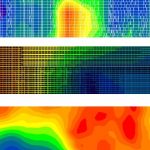
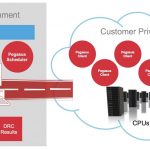
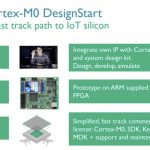
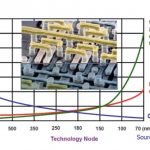



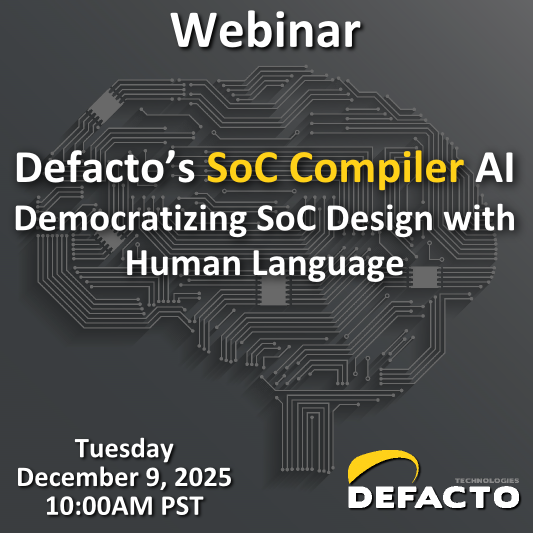



EDA Has a Value Capture Problem — An Outsider’s View